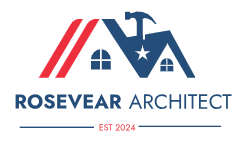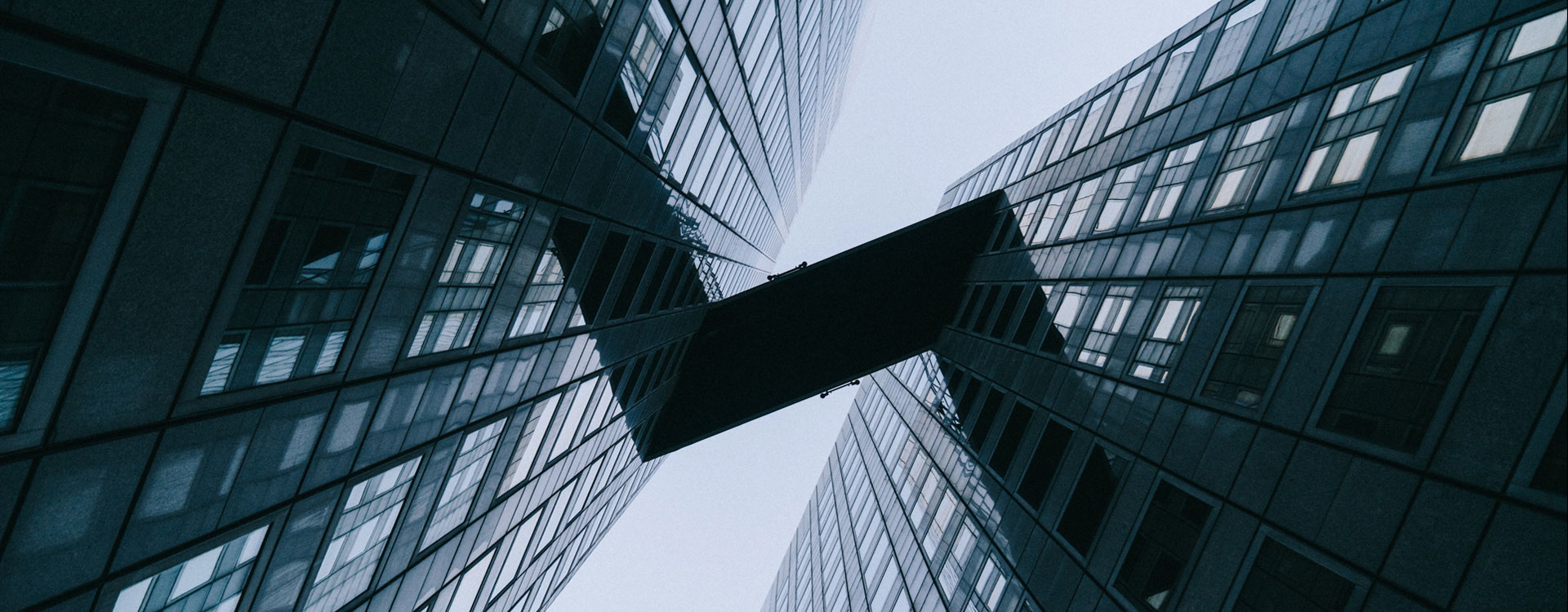The term “office fitting” refers to the process of designing, decorating, and equipping a workspace to suit the aesthetic and functional requirements of the organisation and the individuals who work in the organisation. A wide variety of duties are included in this procedure, such as the selection of furniture, the installation of fixtures, the integration of technology infrastructure, and the design of the interior structure.
When it comes to establishing a productive and comfortable working environment that is conducive to the accomplishment of the organization’s objectives and operations, office fitting is of the utmost importance.

In this article, we will discuss the significance of office fitting, the most important factors to take into account throughout the process, and the most effective methods for maximising the design of workspaces.
What Is The Meaning Of Office Fitting?
What we call “office fitting” is the process of preparing a commercial space, usually an office, to meet the unique demands of the company or organisation that uses it. Included in this process are numerous facets of interior design, including furniture selection, layout planning, installation of fixtures and equipment, and inclusion of technological infrastructure.
A well-fitted office serves its purpose, promotes employee health and happiness, and accurately portrays the values and character of the business. A well-designed office space supports the organization’s goals and encourages employees to perform at their best and collaborate by taking into account workflow, ergonomics, space utilisation, and corporate branding.
Here are more examples of what office fitting may entail:
- Interior Design: This includes the selection of colour schemes, materials, finishes, and overall aesthetics of the office space. It involves creating a cohesive design concept that reflects the company’s branding, culture, and values.
- Furniture Selection and Layout: Choosing appropriate furniture such as desks, chairs, cabinets, and workstations based on the functional requirements and available space. Layout planning involves optimizing the arrangement of furniture to promote efficient workflow, collaboration, and comfort.
- Lighting Design: Designing a lighting scheme that provides adequate illumination for various tasks while also enhancing the ambience of the workspace. This may involve the use of natural light, artificial lighting fixtures, and lighting controls to create a well-lit and visually appealing environment.
- Acoustic Solutions: Implementing measures to control noise levels within the office space to minimize distractions and improve concentration. This could include the use of sound-absorbing materials, partition walls, or strategic placement of furniture to create quieter work areas.
- Technology Integration: Installing and integrating IT infrastructure, communication systems, audiovisual equipment, and other technology solutions to support the operations and connectivity needs of the organization. This may involve networking, cabling, and ensuring accessibility to power sources and data connections throughout the office.
- Storage Solutions: Planning and installing storage solutions such as shelves, cabinets, filing systems, and organizational tools to optimize space utilization and keep the office organized and clutter-free.
- Accessibility and Compliance: Ensuring that the office design and layout comply with building codes, accessibility standards, and regulations related to safety, health, and ergonomics.
- Branding and Corporate Identity: Incorporating elements of the company’s branding, logo, colours, and visual identity into the office design to create a cohesive and recognizable brand presence.
- Employee Amenities: Design breakout areas, kitchenettes, recreational spaces, or wellness rooms to provide employees with amenities that promote relaxation, socialization, and well-being.
- Flexibility and Adaptability: Designing the office space with flexibility in mind to accommodate future growth, changes in technology, and evolving work practices. This may involve modular furniture, movable partitions, and adaptable layouts that can be easily reconfigured as needed.
What Is The Difference Between A Fit Up And A Fit Out?
“Fit up” and “fit out” are terms often used in the construction and real estate industries to describe different stages of preparing a commercial or office space for occupancy. While they are related concepts, there are some distinctions between the two:
Fit Up
- A fit-up typically refers to the initial stage of preparing a raw or shell space for occupancy.
- It involves basic construction work such as installing essential infrastructure like plumbing, electrical wiring, HVAC (heating, ventilation, and air conditioning), and fire safety systems.
- Fit-up work focuses on making the space habitable and compliant with building codes and regulations but may not include the full range of finishes and amenities required for the space to be fully functional.
- Fit-up work is often carried out by the building owner or developer before leasing the space to a tenant.
Fit Out
- A fit-out, on the other hand, typically refers to the process of customizing and furnishing a space to meet the specific needs and requirements of the tenant.
- It involves the installation of interior finishes, fixtures, and fittings such as flooring, wall finishes, ceilings, lighting, cabinetry, and furniture.
- Fit-out work focuses on creating a functional, aesthetically pleasing environment that aligns with the tenant’s brand identity, culture, and operational needs.
- Fit-out work is usually undertaken by the tenant or their contractor after leasing the space from the building owner or developer.
While both fit-up and fit-out involve preparing a space for occupancy, fit-up is primarily concerned with basic construction and infrastructure work, while fit-out involves customizing and furnishing the space to meet the tenant’s specific requirements and preferences.
Importance Of Office Fit-Out
The importance of office fit-out cannot be overstated, as it directly impacts various aspects of a business’s operations, employee well-being, and brand image. Here are several key reasons why office fit-out is important:
- Enhanced Productivity: A well-designed office fit-out can significantly improve employee productivity by creating an environment that promotes focus, collaboration, and creativity. Thoughtfully planned layouts, ergonomic furniture, and optimized workspace configurations can all contribute to making tasks easier to perform and workflows more efficient.
- Employee Satisfaction and Well-being: The physical environment of the workplace has a significant impact on employee satisfaction and well-being. A well-designed office fit-out takes into account factors such as lighting, ventilation, noise levels, and ergonomic considerations to create a comfortable and pleasant work environment. This, in turn, can lead to higher levels of employee morale, engagement, and retention.
- Reflecting Company Culture and Values: Office fit-out provides an opportunity to express and reinforce the company’s culture, values, and brand identity through design elements such as colour schemes, branding graphics, and space utilization. A carefully curated office environment that aligns with the company’s ethos can help foster a sense of belonging and pride among employees and create a positive impression on clients, visitors, and potential recruits.
- Optimized Space Utilization: Office fit-out involves thoughtful planning and design to make the most efficient use of available space. By optimizing layouts, implementing flexible work areas, and incorporating smart storage solutions, businesses can maximize their use of space, accommodate growth or changes in workforce size, and potentially reduce real estate costs.
- Attracting and Retaining Talent: An attractive and well-designed office space can be a powerful recruitment and retention tool. In today’s competitive job market, potential employees are increasingly considering the workplace environment and culture when evaluating job opportunities. A visually appealing and functional office that prioritizes employee comfort and well-being can help attract top talent and improve employee retention rates.
- Improved Brand Image and Client Impressions: The office environment serves as a physical representation of the company’s brand and values. A professionally designed and well-maintained office space can enhance the company’s brand image and leave a positive impression on clients, partners, and other stakeholders who visit the premises. It communicates professionalism, attention to detail, and a commitment to quality, which can strengthen relationships and inspire confidence in the business.
Office fit-out is important not only for creating a functional and efficient workspace but also for fostering employee satisfaction, reflecting company culture, optimizing space utilization, attracting talent, and enhancing the company’s brand image and reputation. Investing in a well-executed office fit-out can yield significant benefits for businesses in the long run.
Conclusion
An important part of making a company’s workplace pleasant and efficient is getting the office fit out. Numerous advantages can be gained by organisations in terms of operations, personnel, and brand image through meticulous planning and design of an office’s layout, furniture, and amenities.
The efficiency of workflows and the comfort and inspiration provided to workers are two ways in which a well-planned workplace fit-out boosts productivity. Additionally, it boosts morale, engagement, and retention by making workers happy and healthy.
Through the use of design components and spatial arrangements, office fit-out allows companies to showcase and strengthen their brand identity, company culture, and values. This makes a good impression on customers, guests, and possible workers, and it also helps staff feel more connected to the company.
Are you looking for more information? Click my review here!

